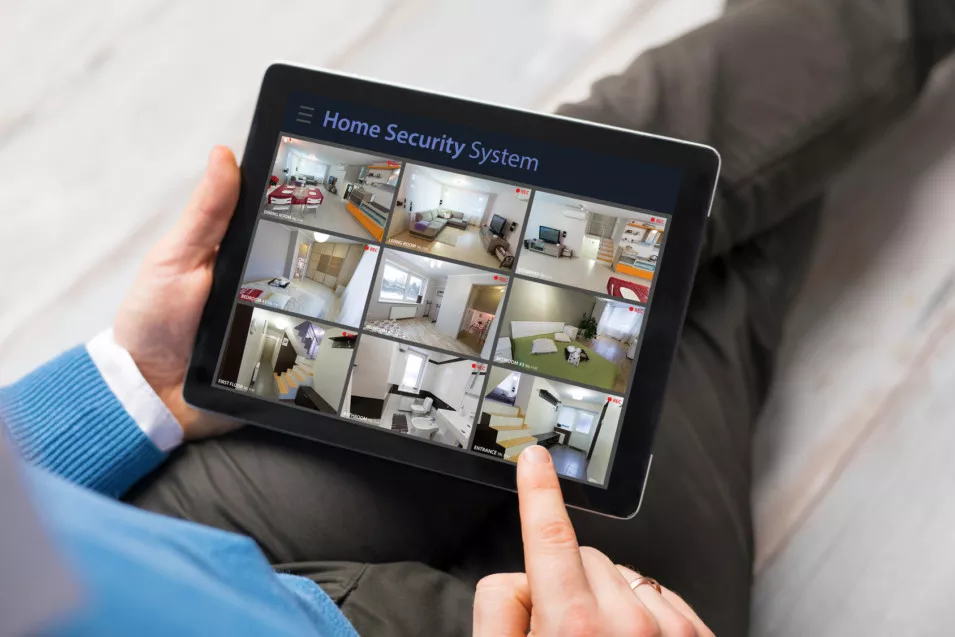Smart security cameras have become essential in today’s connected homes, offering peace of mind and real-time monitoring. However, if left unprotected, these devices can be vulnerable to hackers who may gain unauthorized access to your personal space. Fortunately, you can take a few simple yet effective steps to secure your smart cameras and safeguard your privacy.

1. Change Default Username and Password
Most smart cameras come with default login credentials, which are publicly available and easy for hackers to guess. The first step after setup should be changing your username and password to something unique, complex, and not used elsewhere. Use a combination of upper/lowercase letters, numbers, and special characters.
Tip: smart camera password tips, how to create secure passwords for IoT devices
2. Regularly Update Firmware
Manufacturers release firmware updates to fix bugs and patch security vulnerabilities. Make it a habit to check your camera’s app or website for updates. Enable automatic updates if the feature is available.
Tip: firmware update for smart cameras, security updates for home surveillance
3. Secure Your Wi-Fi Network
Your camera is only as secure as your Wi-Fi network. Use WPA2 or WPA3 encryption, hide your SSID if possible, and never share your Wi-Fi password openly. Also, consider using a separate guest network for your smart home devices.
Tip: how to secure home Wi-Fi, network protection for smart devices
4. Enable Two-Factor Authentication (2FA)
Many camera brands now offer 2FA to enhance account security. This feature adds a second verification step—like a code sent to your phone before access is granted. If your camera app supports it, enable this feature immediately.
Tip: 2FA for smart cameras, secure camera login protection
5. Disable Unused Features
Features like remote access, microphone recording, or cloud storage are great—but only if you use them. Disabling unused features reduces exposure to potential vulnerabilities. If you don’t need remote access, turn it off.
Tip: how to disable remote access on smart cameras, reduce camera hacking risks
6. Choose Reputable Brands
Stick to well-known brands with a strong track record of providing security patches and support. Avoid cheap or generic products with little documentation or no update roadmap.
Tip: best secure smart cameras, trusted home security camera brands
Final Thoughts
Securing your smart security cameras doesn’t require technical expertise—just a few proactive steps. By protecting your network, updating firmware, and using strong credentials, you can enjoy the benefits of a smart home without compromising your privacy.

Thank you for this knowledge.